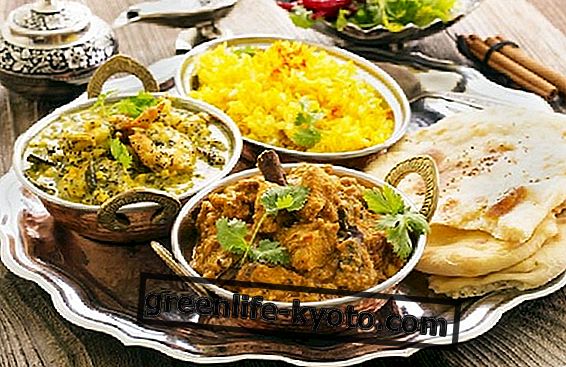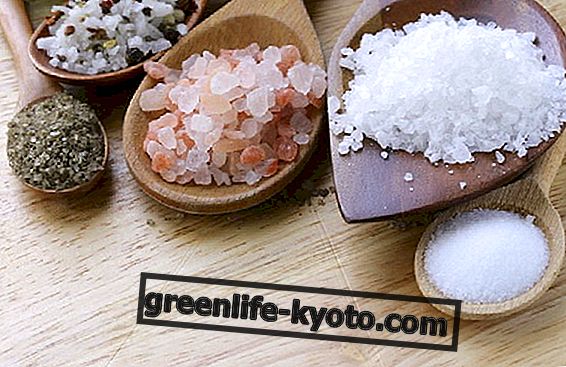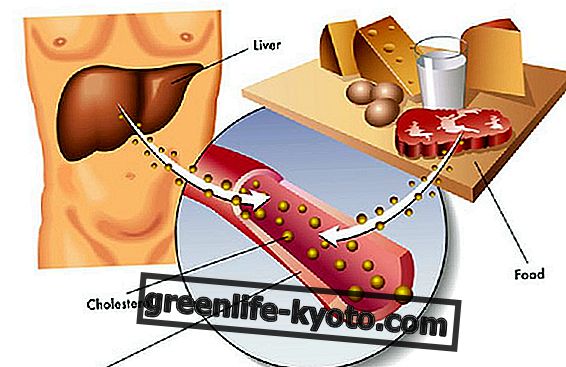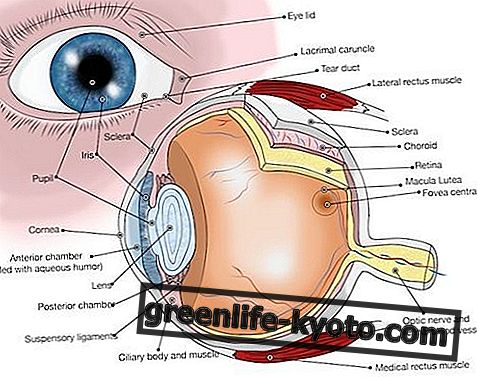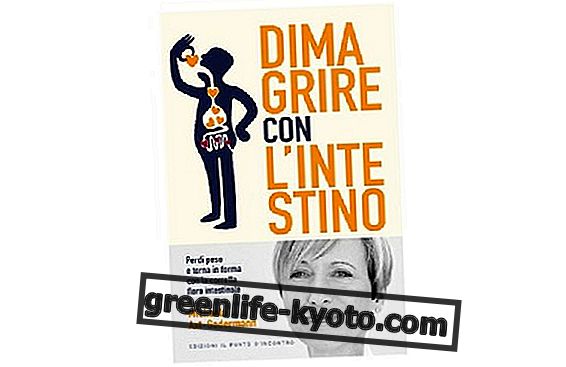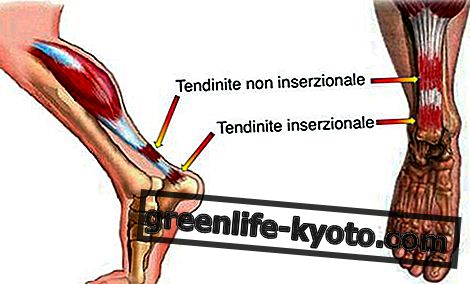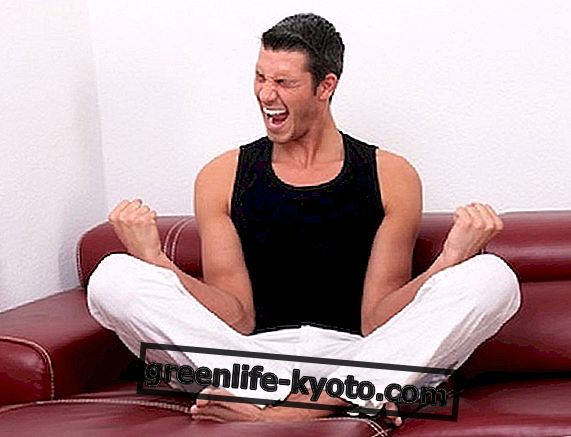
Many people, on a general level, are rather skeptical of meditation because it is considered a blatant technique in opposition to the contemporary lifestyle.
Although with different nuances, the suspicious remarks: " I will never be able to sit still without thinking because I am too nervous / agitated / restless, I get bored and have a thousand thoughts ". This statement, the meditator knows, is a concentration of incorrect clichés, yet it is very easy to come across such points of view.
Among other things, a fund of truth undeniably contains it: classical meditation techniques were conceived when the human being was profoundly different and the environment and lifestyle were light years away from the current ones . The social category of the "modern man" is unique in history and, if we reflect it, it has emerged in the last 50/100 years: a very short time compared to the entire history of humanity.
All these reasons have led to the emergence of different types of meditation, if you like, more suited to Western style. In fact, they do not require quiet stillness, but allow the practitioner to let off steam and move. Let's take a closer look at moving meditations !
Osho's dynamic meditation
The father of this type of meditation is Osho, a very famous contemporary guru who died in 1990.
One of the most interesting aspects of his work lies in his willingness to put aside the rigidity of practices or the austerity of certain philosophies to open up to the needs and needs of modern and especially Western man.
He developed the so-called active meditations whose main - and more unusual - characteristic is that of moving in movement, sometimes even very frenetic. There are several, but here we will show you in detail one of the most famous, dynamic meditation .
This technique consists of five phases, lasts an hour and it is advisable to do it in the morning :
- Chaotic respiration (duration 10 minutes): vigorous respiratory cycles are performed, with an irregular rhythm, trying to get deeply involved up to zero in the breath itself. The mind is a mere observer of this intense, totalizing process that charges the energy being.
- Explosion (duration 10 minutes): emotions are released in the way that feels most congenial: crying, screaming, singing, laughing, banging their fists. There are no rules or codes, you must remove the handbrake and let the body speak, whatever language you decide to use without the interference of mind control
- Stimulate the energy of the 1st chakra (duration 10 minutes): you jump rhythmically with your arms raised shouting the mantra "Hu!" Feeling it resonate inside and sensing the stimulation of the first chakra.
- Immobility (duration 15 minutes): at the end of the previous phase, a stop command will be heard and at that point everyone will lock in the position in which it is, whatever it is. The flow of energy flowing inside the body is heard and perceived
- Celebratory dance (duration 15 minutes): moment of thanksgiving and celebration through dance or, more precisely, free expression of the body in a spontaneous way .
Different techniques, unique purpose
The practice of dynamic meditations is not an invention of Osho but is linked to ancient traditions that we also find, to give examples, in the "10 movements of awareness" of master Thich Nhat Hanh or in the dance of mevlevi dervishes, as he inspired. other styles that refer to it as a dance of the 5 rhythms created by the artist Gabrielle Roth.
This type of meditation is not in contrast to the more classic ones, but can be effectively combined. Much depends on the individual inclination that can enthusiastically embrace these more active methods or be more comfortable with the old vipassana, zen or transcendental meditation.
In the end, one could say, they are all "only" techniques: what really matters is what they bring us to discover in our journey of personal evolution. Let's experience them, we understand the ones they do for us and we practice without reservation!



